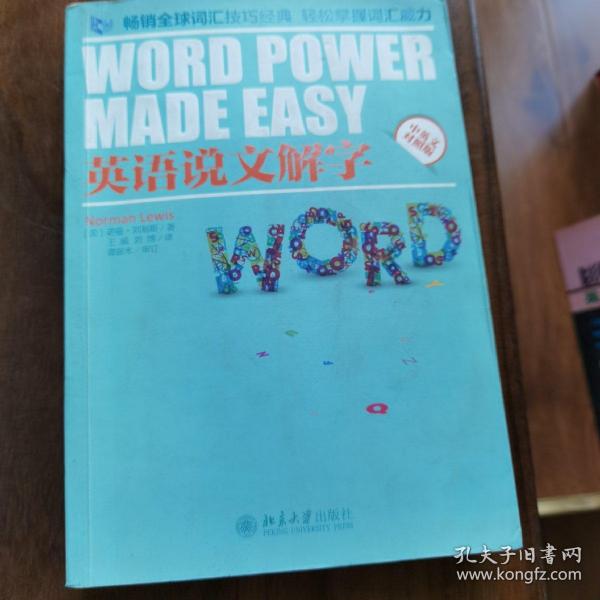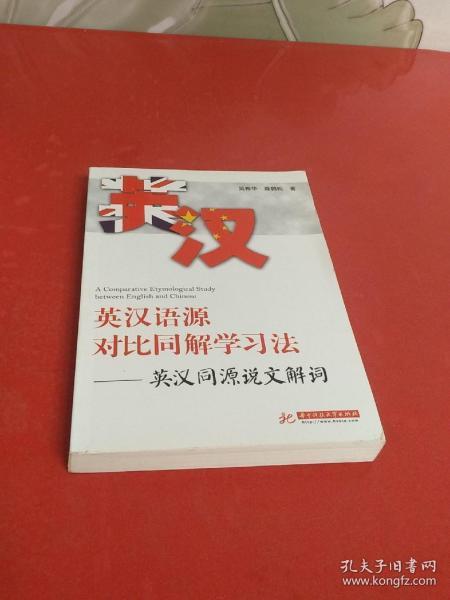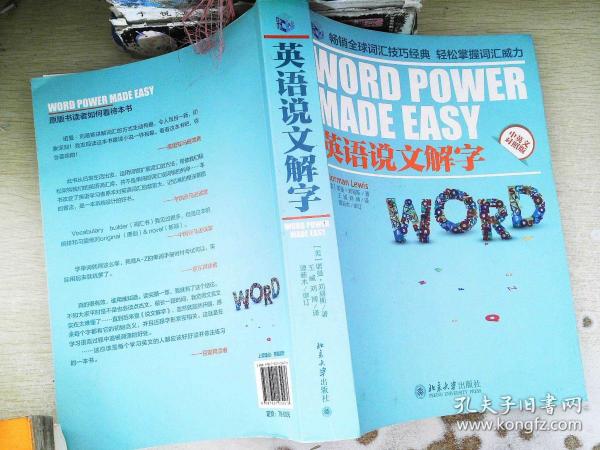摘要:本篇文章探讨了中国文本的英文翻译过程,这是一次语言融合之旅。通过深入分析,文章介绍了翻译过程中的难点和挑战,包括语言差异、文化背景、语境理解等方面。文章强调了翻译的重要性和必要性,对于促进国际交流、文化传播以及语言发展具有重要意义。
In today's globalized world, the ability to translate languages proficiently holds immense significance. English, being the global language of communication, plays a pivotal role in cross-cultural exchanges. The translation of Chinese texts into English is not just a linguistic exercise; it is an art that requires precision, cultural sensitivity, and a deep understanding of both languages.
The art of translation involves much more than mere word-to-word conversion. It is about transferring the essence of a thought, feeling, or idea from one language to another, ensuring that the message remains authentic and unaltered. When translating Chinese texts into English, one must be mindful of the cultural nuances and historical backgrounds that might be specific to the original language.
For instance, certain Chinese phrases or expressions might have a direct translation in English, but the contextual meaning might differ. Here, the translator needs to employ various techniques to ensure that the translated text reads smoothly in English and doesn't sound awkward or cumbersome. This journey of language integration demands a thorough understanding of both languages, their grammar, syntax, and the local culture.
Moreover, translating Chinese texts into English also involves understanding the historical and societal implications of the original text. It's essential to recognize that both languages have their unique histories and cultural backgrounds that might influence the interpretation of a particular phrase or sentence. A translator must be well-versed in both cultures to ensure that the translated text doesn't misrepresent or distort the original message.
Additionally, it's vital to maintain consistency in translation. When translating a long piece of text, using consistent terminology and avoiding discrepancies is crucial. This ensures that readers of the translated text won't be confused or misled. To achieve this, translators often rely on translation dictionaries, reference books, and even online resources to ensure accuracy and consistency.
In conclusion, translating Chinese texts into English is a complex task that demands expertise and dedication. It's not just about converting words from one language to another; it's about preserving the essence of the original text while ensuring that it reads smoothly in the target language. This journey of language integration requires a deep understanding of both languages, their cultures, histories, and societal implications. Only then can a translator successfully transfer the meaning and essence of a Chinese text into English, facilitating cross-cultural communication and understanding.
Nowadays, with the increasing globalization and intercultural exchanges, translation plays a more significant role than ever before. It bridges the communication gap between different cultures and helps promote mutual understanding and respect. Therefore, we should appreciate and respect the work of translators who are dedicated to this challenging but meaningful task of language integration.
Moreover, as technology advances, machine translation tools have become widely available. However, it's important to note that machine translations might not always be accurate or culturally sensitive. Therefore, human translation remains crucial in ensuring the authenticity and quality of translated texts.
In summary, translating Chinese texts into English is a challenging but rewarding endeavor. It requires a deep understanding of both languages, cultural sensitivity, and a dedication to preserving the essence of the original text. Only through this comprehensive approach can we successfully facilitate cross-cultural communication and understanding.



